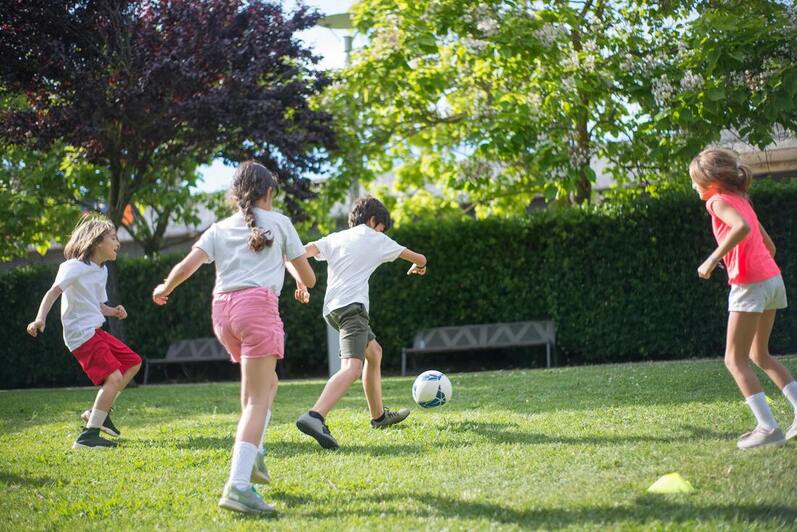Physical Exercise Aids Treatment of Depression and Anxiety
Depression and anxiety are common disorders today with depression affecting 17% and anxiety disorders affecting 31.9% of adolescents in the United States. Adolescents with depression are also extremely likely to have anxiety, with three-quarters of children experiencing both. These mental health illnesses affect the lives of adolescents drastically, causing negative interferences with their education, as well as their daily life and function. This is especially true with individuals who have to live a sedentary lifestyle due to hospitalization. While antidepressant medications are administered to these individuals to reduce symptoms such as exhaustion, suicidal thoughts, and sleep problems, they do not provide a solution to the sedentary lifestyle of adolescents experiencing inpatient care. Physical exercise can serve as an add-on, alongside traditional medications to improve physical health and depression/anxiety symptoms in individuals.
A recent study published by researchers at the Institute of Neuroscience, Université Catholique de Louvain suggests that the addition of physical exercise therapy to the treatment of hospitalized adolescents may be beneficial in reducing depression or anxiety symptoms. The participants of this study included a group of 40 adolescents aged between 12 and 19 years old who were hospitalized at the same psychiatric institution and had varying levels of depression and anxiety as measured by the Hospital Anxiety Depression Scale (HADS).
A recent study published by researchers at the Institute of Neuroscience, Université Catholique de Louvain suggests that the addition of physical exercise therapy to the treatment of hospitalized adolescents may be beneficial in reducing depression or anxiety symptoms. The participants of this study included a group of 40 adolescents aged between 12 and 19 years old who were hospitalized at the same psychiatric institution and had varying levels of depression and anxiety as measured by the Hospital Anxiety Depression Scale (HADS).
Image Source: Kampus Production
This study involved a control and experimental group; both groups contained individuals with an average age of about 15. Both groups received four-hour intervention sessions once a week for a total of five weeks. Participants in the control group received sessions without much physical intensity, while those in the experimental group experienced activities with moderate physical intensity such as aerobic group games and muscle strengthening. At the end of this intervention, participants of both groups had their depression levels evaluated in two ways. First, quantitative data was taken, as individuals had their HADS score reevaluated; allowing researchers to determine whether or not their depression scores had lowered in points. Then, qualitative data was taken via self-assessments and interviews. In experimental groups, adolescents saw an improvement from severe to moderate depression ranges, while the control group remained stagnant. Lastly, physical examinations were conducted to check for improvement in physical health via Body Mass Index (BMI) and oxygen consumption rate. It was noted that those in the experimental group saw an improvement in cardiovascular condition. At the end of the study, it was shown that the experimental group’s HADS score had decreased by an average of 3.8 points, as compared to the control group, whose HADS score had only dropped an average of 0.7 points. Participants in the experimental group lowered their depression symptoms compared to those who did not undergo an exercise intervention.
The results of this study suggest that physical exercise therapy can be a good additional treatment alongside medications to improve depressive symptoms as well as overall physical health. While this is the case, it should also be noted that the sample size of this study was not large enough to be representative of a more general population, as it only considers the short-term effects of physical exercise on 40 individuals. Further studies should examine the impact of physical exercise on a larger sample of individuals with a greater variety of depression levels.
The results of this study suggest that physical exercise therapy can be a good additional treatment alongside medications to improve depressive symptoms as well as overall physical health. While this is the case, it should also be noted that the sample size of this study was not large enough to be representative of a more general population, as it only considers the short-term effects of physical exercise on 40 individuals. Further studies should examine the impact of physical exercise on a larger sample of individuals with a greater variety of depression levels.
Featured Image Source: Sofia Alejandra
RELATED ARTICLES
|
Vertical Divider
|
Vertical Divider
|
Vertical Divider
|






